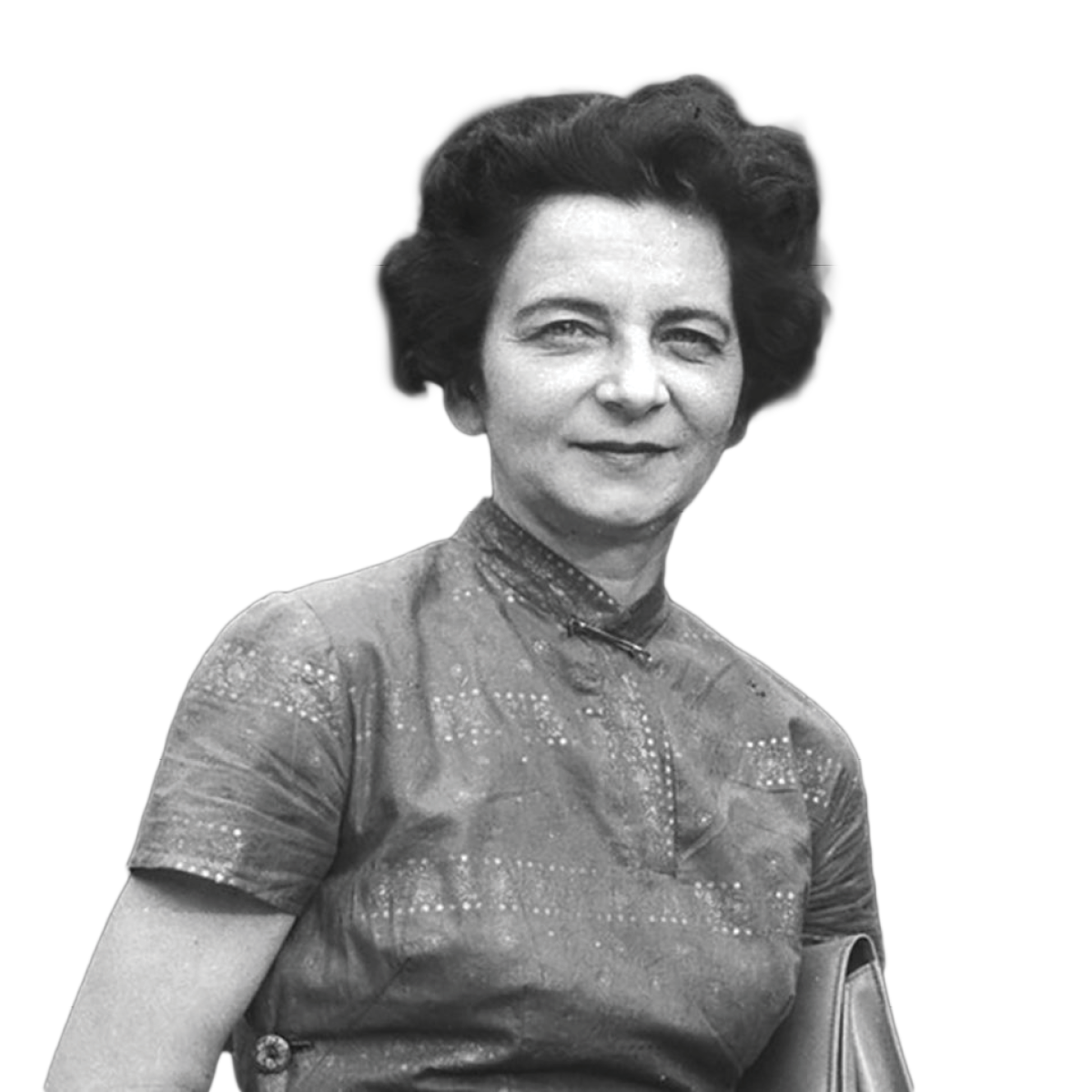
|
Partita for Orchestra Preludium: Grave |
Composed: 1955 Estimated length: |
|
Born on on February 5, 1909, in Łódź, Poland; Died on January 17, 1969, in Warsaw, Poland |
|
|
First performance: May 17, 1957, in Warsaw, with Arnold Rezler conducting the National Philharmonic Orchestra. |
|
|
First Nashville Symphony performance: These are the Nashville Symphony's first performances of this work. |
|
Though Grażyna Bacewicz was active until the mid-1950s as an acclaimed concert violinist, a conservatory professor, and a published short story writer, she managed to find time to compose more than 200 works. Her prolific catalogue ranges from solo pieces, songs, and chamber music to symphonies (four have survived), concertos (seven for her instrument), ballets, and a comic opera for radio.
The music world has only started trying to catch up with Bacewicz’s remarkable achievements. Her more famous Polish colleague Witold Lutosławski praised her for “the incredible wealth of musical talent which she proceeded to bring to full measure,” producing “such treasures as that any other composer of her stature with a considerably longer lifespan could only envy.”
The Partita dates from 1955, after Bacewicz had recovered from a serious car accident in the fall of 1954 that led to a lengthy hospital stay. The neoclassical traits apparent in her earlier work gave way to a distinctly “innovatory streak" according to Adrian Thomas, an authority on modern Polish music, that “carried through into the Partita, especially in its Intermezzo.”
WHAT TO LISTEN FOR
The Partita exists in both a chamber version (for solo violin and piano) and in the orchestral version we hear. Each of the four movements carries a traditional genre title. In the opening Preludium, like a tolling bell, the low strings and bassoon play a series of chords that alternate somberly: they lay out a track over which the first violins spell a darkly expressive melody rising from the depths. Both the second and fourth movements (Toccata and Rondo) are radically contrasting in character, showing an almost whimsical attitude of defiant virtuosity.
The emotional heart of the Partita—brief though it is—arrives with the third movement, an Intermezzo marked “Andantino melancholio.” Bacewicz incorporates the first three letters of her name into a sustained, cloud-like chord (B-A-C, which also implies the signature of J.S. Bach, a composer whose music had healing power for Bacewicz during her time of recovery). “I belong to the loners, turned inward and filled with internal disincentives,” the composer confided to a friend.
Scored for 2 flutes and piccolo, 2 oboes, 2 clarinets and E-flat clarinet, 2 bassoons, 4 horns, 3 trumpets, 3 trombones, tuba, timpani, percussion, harp, and strings
− Thomas May is the Nashville Symphony's program annotator.